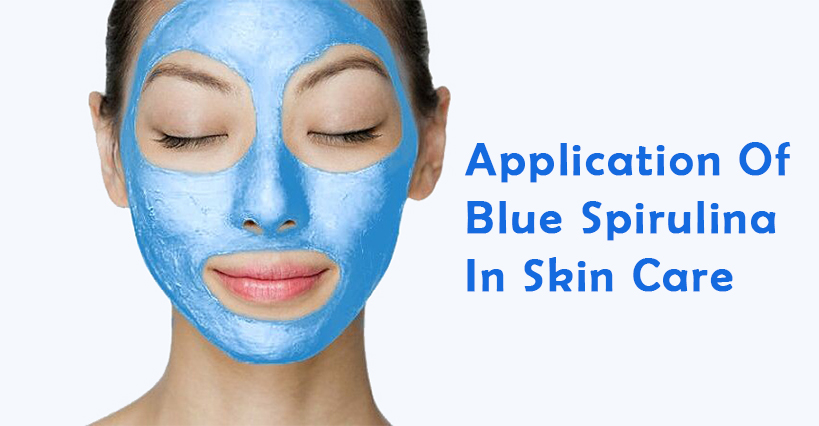
Application Of Blue Spirulina In Skin Care Products
Blue Spirulina (Phycocyanin) is a class of collagen, it is a combination of macromolecule protein and chromophore molecules through a disulfide bond, it has functions such as antioxidant, moisturizing,anti-allergy, antiphlogistic, freckle and other effects. We have customized a batch of cosmetics products for L’Oreal of France and the Danzi Group of Guangdong.
In recent years, due to environmental pollution, inappropriate diet, hormones, lead and mercury cosmetics, and other reasons, many people are sensitive to skin. Blue Spirulina is a dark blue powder isolated from Spirulina platensis. It mainly exists in cyanobacteria, red algae, and cryptoalgae. Blue Spirulina can help regulate and synthesize a variety of important enzymes required by human metabolism. It plays an important role in inhibiting the growth of cancer cells and promoting human cell growth, maintaining ovaries, and promoting the synthesis of elastin human body. At the same time, Blue Spirulina regulates the human immune system, enhances the function of the immune system, and improves the resistance of the human body to diseases. A team from Taiwan University published a new study in the American Journal of Respiratory and Intensive Care Medicine on January 7, 2011. The results showed that purified phycocyanin can inhibit allergies.

Studies at home and abroad show that phycocyanin belongs to protein-binding pigments, and its amino acid composition ratio is very reasonable. Among them, eight essential amino acids are close to or exceed the FAO recommended standard. Phycocyanin used in food fortification can improve the Bio-efficiency of cereals and the utilization of protein; used in cosmetics can provide the amino acids needed by the skin and other nutritional active ingredients, can play the role of the skin surface and deep nutrition and care, and use with great confidence, no irritation, and sensitization to the skin.
Lipid peroxide is formed by the oxidation of polyunsaturated fatty acids on cell membranes by superoxide anion (LPO), which is one of the important factors leading to tissue damage, cell dysfunction, and body aging. A large number of experiments have shown that phycocyanin can produce free radicals under light and eliminate free radicals in darkness. Therefore, phycocyanin has the dual function of producing and eliminating free radicals. After denaturation of phycocyanin by specific methods, its ability to produce free radicals disappeared, and its ability to eliminate free radicals increased significantly. It can be used in food and cosmetics to eliminate tissue damage and cell senescence caused by free radicals, which are harmful substances produced in the process of physiological metabolism.

